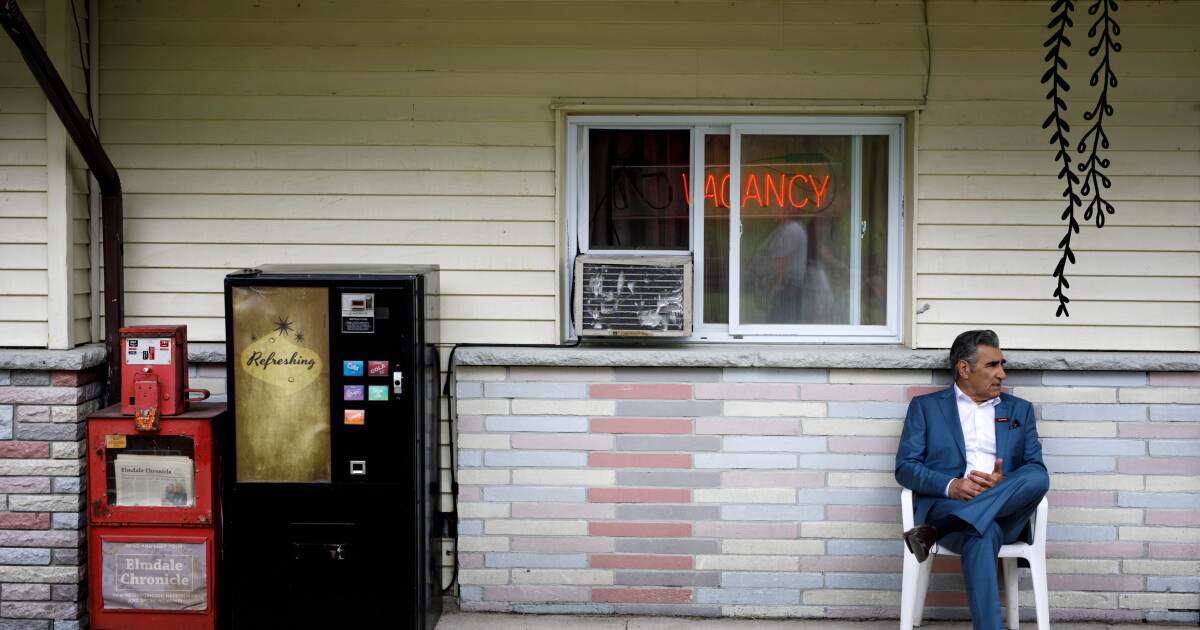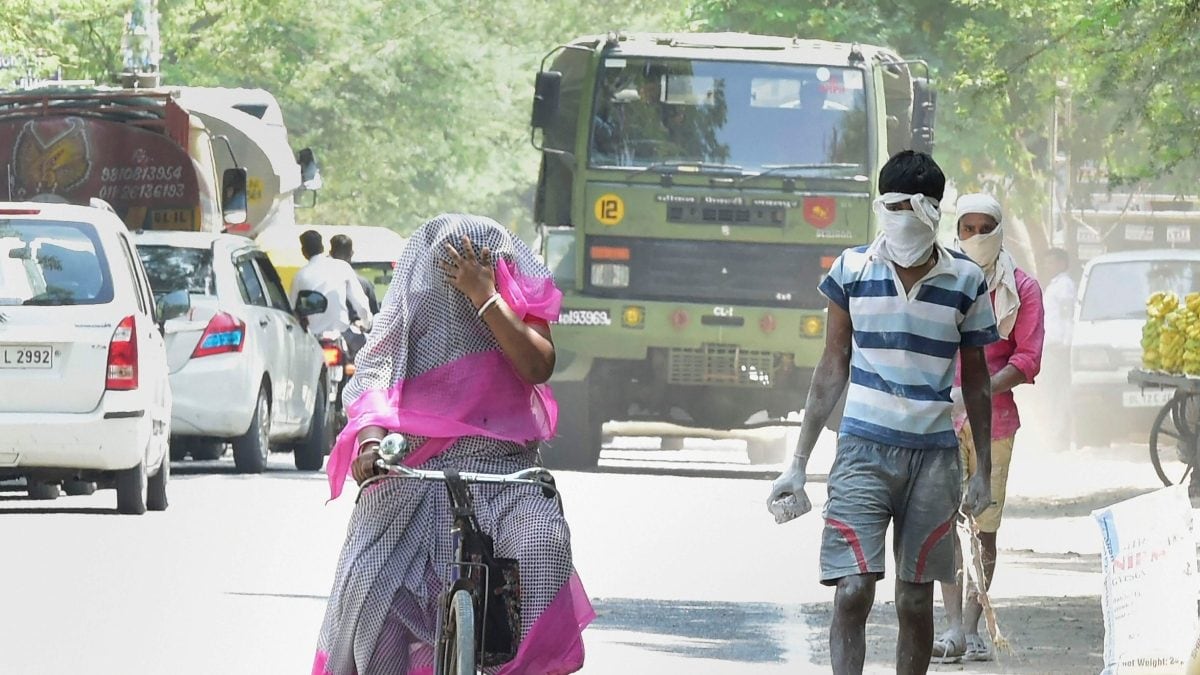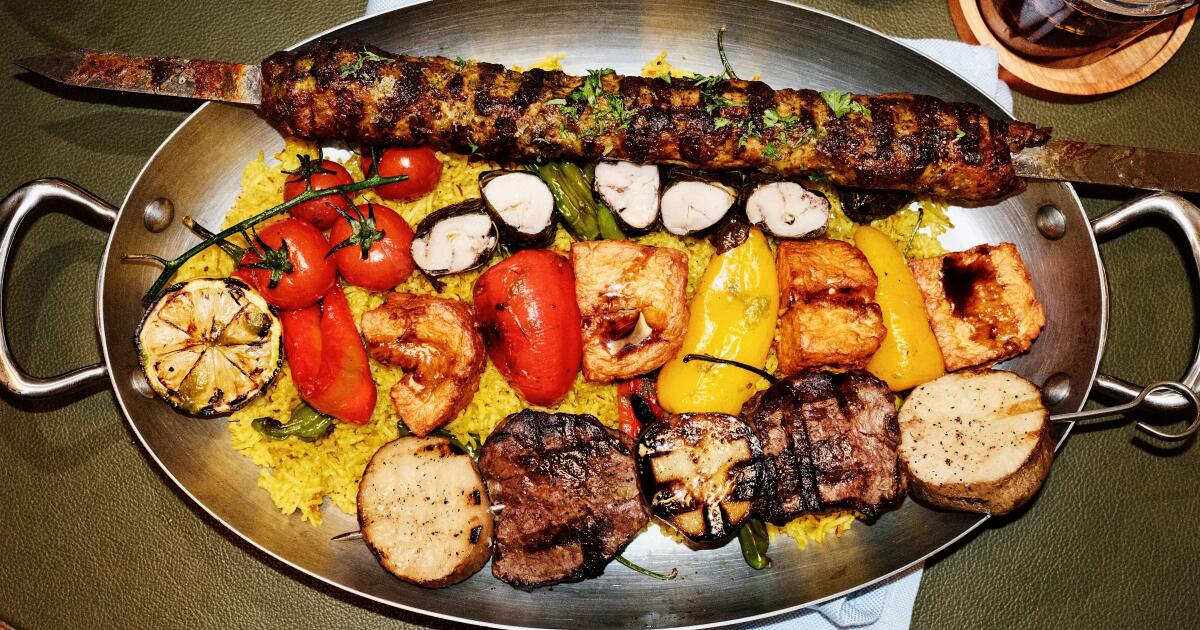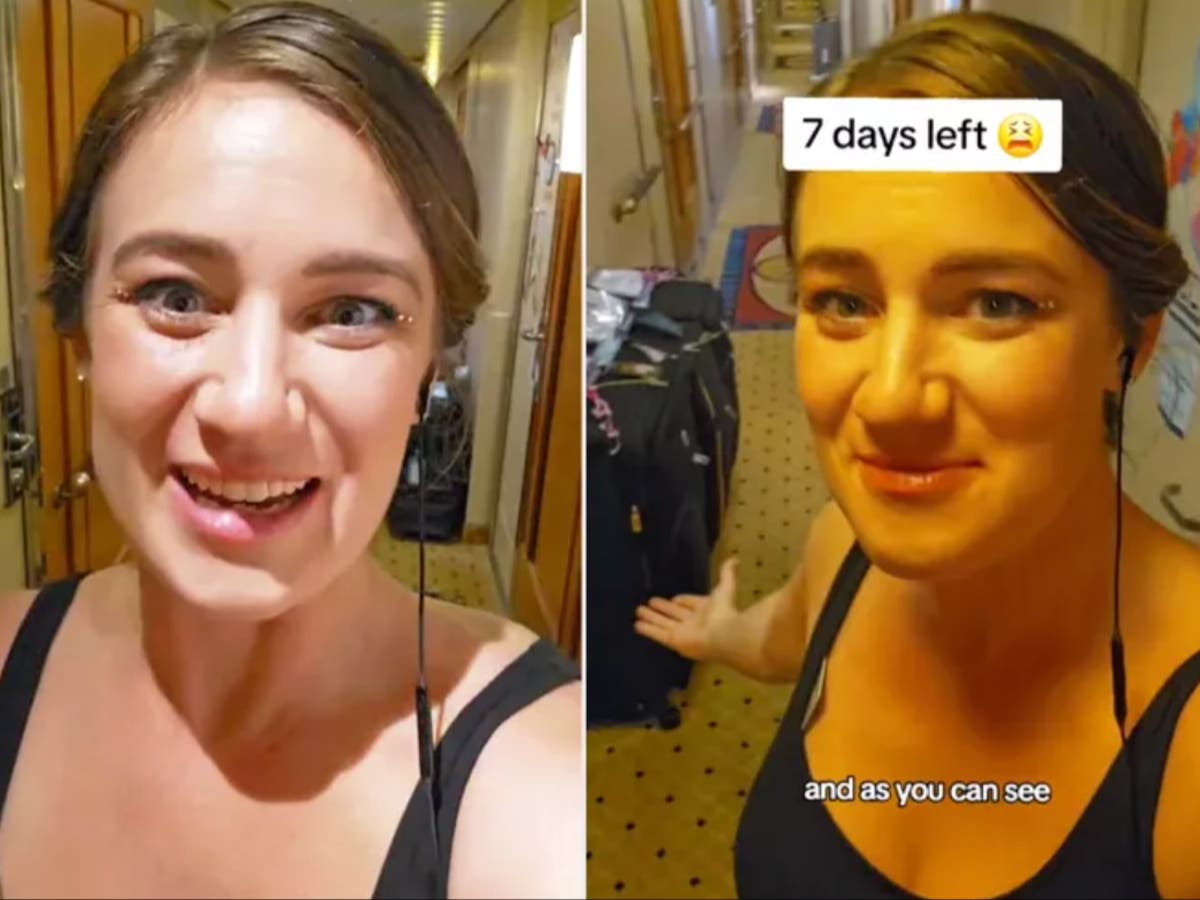If it's true that you are what you eat, then most Americans' meat-eating diet consists of a handful of bird feathers, urine, feces, wood chips, and chicken saliva, among other foods.
As epidemiologists struggle to uncover how dairy cows across the Midwest became infected with a highly pathogenic strain of avian flu—a disease that has decimated hundreds of millions of wild and farmed birds, as well as tens of thousands of mammals in across the planet) We're looking at a standard “recycling” practice used by thousands of farmers across the country: feeding waste and animal parts to livestock raised for human consumption.
“It seems macabre, but it is a perfectly legal and common practice for chicken droppings (the material that accumulates on the floor of chicken farming facilities) to be fed to livestock,” said Michael Hansen, senior scientist at Consumers Union.
It is still unclear how the cows became infected (either through contact with birds or through feed made from garbage waste), but garbage has been associated with previous disease outbreaks, including botulism.
Poultry droppings causing bovine cases of bird flu are considered “very unlikely, although not impossible,” wrote Veronika Pfaeffle, in a joint statement from the U.S. Department of Agriculture and the Food and Drug Administration.
Poultry litter consists of manure, feathers, spilled feed, and bedding that accumulates on the floors of buildings that house chickens and turkeys. It may contain disease-causing bacteria, viruses (including H5N1), antibiotics, toxic heavy metals, pesticides, and even foreign objects such as dead rodents, birds, stones, nails, and glass.
It is usually mixed with hay or corn to make it palatable to livestock.
California prohibits feeding poultry droppings to lactating dairy cows. However, it is legal to sell it as feed for cattle and other livestock.
“It is a premium product that is used to help recycle waste into a sustainable product,” said Anja Raudabaugh, CEO of Western United Dairies. She said that although she could not comment informedly on its use outside the state, “it is very little used here in California.”
California's animal feed law, which applies to food sold commercially, requires that animal waste products sold for food do not contain residues of pathogens, metals, pesticides or antibiotics.
The Department of Food and Agriculture's Feed Program “inspects all California facilities that manufacture dried poultry droppings and reviews the treatment verification records of on-site companies,” said department spokesman Steve Lyle.
However, it is unclear whether there are regulations addressing the private exchange or production of poultry droppings or other animal waste for food. Or how widespread the practice of feeding poultry waste to livestock is in the state or across the country.
“It was a common practice throughout the United States for many years,” Lyle said. “It's not a very common practice in California anymore.”
Under California law, lactating dairy cows cannot be fed chicken droppings.
(Luis Sinco/Los Angeles Times)
According to Michael Payne, a researcher and extension coordinator at UC Davis' Western Food Safety Institute, there was at least one commercial processor of poultry droppings in the state: Imperial Western Products, based in Coachella. That company was purchased in 2022 by Denali Water Solutions of Arkansas, which has had recent legal clashes with environmental authorities in Missouri and Alabama over its handling of animal waste. It is unclear whether Imperial still produces food from garbage. A company operator directed calls to “corporate” or Denali Water Solutions, owned by TPG Growth, a private equity firm. Denali did not provide comment for this story prior to publication.
The federal government does not regulate poultry waste in animal feed, and in many states (including Missouri, Alabama, and Arkansas) there are no requirements or regulations regarding contamination or processing.
“The FDA may take regulatory action if it becomes aware of food safety issues with poultry bedding products intended for use in animal feed in interstate commerce,” Pfaeffle said in the statement from both the USDA and FDA.
An online guide from the University of Missouri notes that “there are no federal or Missouri regulations governing the use of bird droppings as food.” However, the guide's authors urge users to use “common sense.”
“Poultry droppings should not be fed to dairy or beef cattle less than 21 days before slaughter,” the guide notes, citing concerns about “residues from certain pharmaceuticals.”
Most other developed countries, including Canada, the United Kingdom, and European Union countries, have banned the practice. The FDA considered doing so in the United States in the mid-2000s.
For livestock producers, the waste, which includes calcium, zinc and other minerals and vitamins, provides a cheap form of protein feed. For poultry farmers, the exchange allows them to divert waste from landfill or being burned.
In the 1980s, concern about bovine spongiform encephalopathy (or mad cow disease) gripped Europe, when cases of the incurable and invariably fatal neurodegenerative disease of cattle began to appear. The disease, caused by agents known as prions, can be transmitted to people who eat meat from infected cattle. In people, the disease is fatal and is called Creutzfeldt-Jakob disease.
Just as livestock are fed poultry waste, chickens are often fed feed consisting of livestock scraps and waste, creating a potential route for prions to re-enter the food supply. However, because the FDA requires the removal of all tissues that have been shown to contain prions (such as the brain and spinal cord) from birds' diets, the risk is reduced.
However, other more common pathogens are also found in poultry droppings. In a 2019 study of garbage used in agricultural fields as fertilizer, researchers found that every sample of U.S. broiler chickens tested contained E.coli strains resistant to more than seven antibiotics, including amoxicillin, ceftiofur, tetracycline, and sulfonamide.
It is unclear whether the sand was heat treated before application.
Raudabaugh said all poultry droppings feed in California is heated in ovens and exposed to temperatures that can kill bacteria, such as E.coliand viruses, including H5N1.
“Companies periodically sample and test finished products for Salmonella,” said Lyle, the state's food and agriculture spokesperson.
He noted that poultry is regularly tested for avian flu and that poultry waste from a flock infected with avian flu “cannot leave the facility until it has met CDFA requirements to ensure that the virus has been eliminated,” he said. “The premises are also tested and the quarantine is not released until the premises tests negative for highly pathogenic avian influenza.”
Lyle said cattle herds with “symptoms consistent” with avian flu infections “may be tested at the California Animal Health and Food Safety Laboratory in consultation with the CDFA Animal Health Branch.”
He added that no symptomatic herds have been identified, “although a herd that lost pregnancies was tested and tested negative” for the virus.












